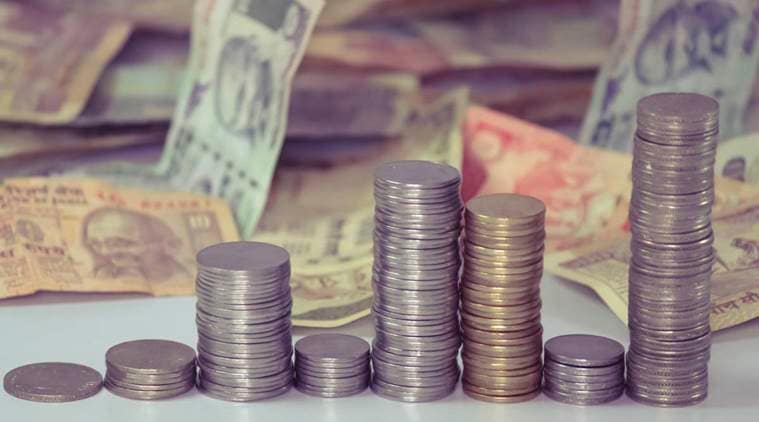A blueprint by bureaucrats
Recent measures to defend currency are insufficient, poorly thought.

India must put gems and jewellery on a strong growth path again by taking action against charlatans and revive that skill basket of dollar earnings.
This is an important year in the political economy of India since elections are due. In this period, economic issues get side-lined. Yet, there is a longing that they are not. In fact, the government bravely came out with an economic policy framework after consultations at the highest level. The cream of economics talent India has, according to press reports, endorsed the agenda. Urjit Patel, Rajiv Kumar and the others who attended are outstanding experts on international trade and finance and economic policies. It is not easily understood how they are enthusiastic about the measures announced.
The first measure was curtailment of “inessential imports”. This is very much licence raj. These measures don’t work particularly if they are half-hearted and are taken in a regime, which has been laying great stress on liberalisation and reform. You can’t both press on the accelerator and the brakes, without the system conking out. First, they lead to retaliation. Second, they can lead to reduced faith in the currency and lead to a speculative run on it. The Chinese, for example, have been making this very clear to the US. India is far more vulnerable.
The policy of making foreign investments easier and giving short-run incentives for it can obviously be counterproductive. When you say that an Indian company can borrow with bonds, which are now of one year maturity, rather than two years or more, you are creating exchange liabilities a year down the line. The foreign exchange market is very sensitive to expected movements as it is the one market where “forwards” work as Urjit Patel’s research on the global frontiers of this market in terms of knowledge shows. So, it is extremely unlikely that this one will help even in the short run. Since reserves are not a problem, what is the point of giving more concessions on inflows into infrastructure sectors. This will only increase the cost of completing these projects.
None of this is rocket science. Hence, my suspicion is that the economists were handed down a package prepared by the bureaucracy and being good boys in a regime which, perhaps, is not too happy at dissenters, they went along. There is no other explanation.
Is nothing else possible? But that leads to real choices. To begin with, we must come down heavily on countries that ask why is India exporting rice, for example. Agro exports are the leading export sector and India has every right to enhance agro exports. India must respond to President Trump’s admonition on Indian rice exports. In fact, it should have come out with a package to support more agro exports with a retaliatory policy on countries that put up tariff and non-tariff walls against India’s agro exports. The WTO is still seized of this issue and Commerce Minister Suresh Prabhu must clarify that India will protect its turf. Another major agro export is animal husbandry and Amul has already squired a dairy plant in the US. It will, in due time, also sell to the non-desi market because India again has strength in that sector. Export of buffalo meat is also a major earner and this has to be revived instead of licensed slaughter houses being raided.
The second major export India has is diamond polishing and textiles. Gems and jewellery are a major competitive strength of India and a large part of our export earnings. India must put them on a strong growth path again by taking action against charlatans and revive that skill basket of dollar earnings.
The index of industrial production is showing an improvement over last years’ figure and yet it is below the respectable rate of six per cent plus. This writer has argued that unless the investment rates itself pick up, there is very little prospect of the manufacturing sector picking up. Savings and investments kept on declining. As long as the economy was growing, consumers growth kept us demand. In a low GDP growth year, even this is not on the agenda.
India needs a pick-up plan. The RBI will, fortunately, not reduce the interest rate given the rate of inflation. The plan has to come from initiatives in Delhi. Hopefully, somebody will bite the bullet. Good economics is also good politics. Very few policies have a time lag of more than two quarters if statistical flow charts are to be believed and May 2019 is more than two quarters away.
The writer, a former Union minister, is an economist
For all the latest Opinion News, download Indian Express App
More From Yoginder K. Alagh
- Fact FightingStatistical estimates on the economy are sacred and need to be treated as such...
- The Upward PushIncrease in infrastructure spending will place the economy on road to higher growth. ..
- Sowing SlogansMSP is important, but real issues are markets, first-stage processing and supply chains...








































No hay comentarios:
Publicar un comentario